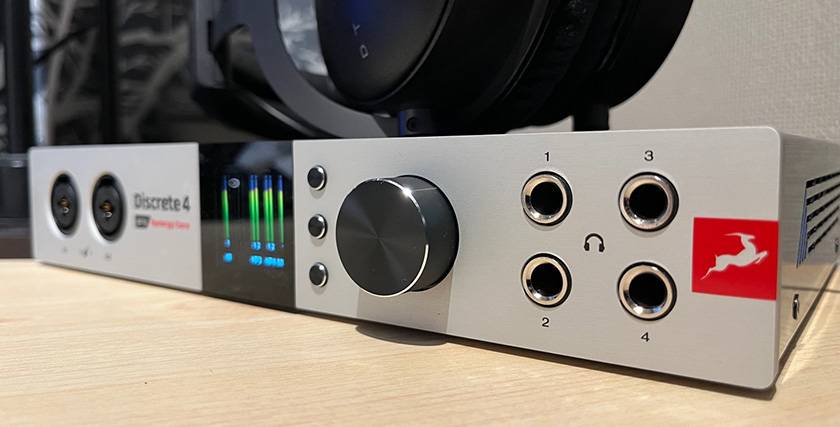
Since I previously tried the Discrete 8 Pro Synergy Core demo unit, I have been completely enchanted by its sound and have finally acquired the Discrete 4 Pro Synergy Core from the same series for myself!
I would like to review what I know about it because I always have it with me and use it all the time.
Evolution from the previous model
First of all, what exactly has been updated since the name changed from the old model Discrete 4 Synergy Core to Discrete 4 "Pro" Synergy Core, and how has it evolved?
I expected it to be a minor update, especially since the name did not change much from Discrete 4 Synergy Core, which had a high level of perfection in terms of sound, but this was a big surprise in a good way.


Left: Discrete 4 Pro Synergy Core Right: Discrete 4 Synergy Core (previous model)
Up: Discrete 4 Pro Synergy Core Down: Discrete 4 Synergy Core (previous model)
In the previous Discrete series, the Discrete 4 and Discrete 8 had different sound quality, but in the Pro series, they are equal, with the Discrete 4 having a larger increase in specifications.
The dynamic range of the monitor output has evolved from 121dB to 130dB.
I thought it would not be that much different in terms of experience since I was only talking about numerical values, but I was surprised at the obvious difference that I could hear at first listen…!
It was so clear that I had the illusion of being able to visually see the sound. The sound is so realistic and airy that you can feel the presence of people, such as vocalists and guitarists. I was honestly surprised at the clearly realistic sound compared to interfaces in the same class.
The headphone output has also evolved to a sound with a wide soundstage and no distortion. It is easy to mix with good separation even when played at a higher volume.
Next, the mic preamp check. I tried recording an acoustic guitar. Compared to other preamps, I thought the sound had a presence without being quirky and could be used safely in any situation.
Setting Up
ANTELOPE AUDIO is often considered too difficult for beginners, but the installation process was very easy.
Activation is required only at first after purchase, but I created an account on the ANTELOPE AUDIO website and clicked on "ACTIVATE NEW DEVICE" to proceed, and then the installation and activation of the driver were complete.
I was able to update the software and launch the console application on the Antelope Launcher, so I was able to set up the system without any confusion, even without reading the manual.

Antelope Launcher
When used simply as an interface, the Antelope Launcher can be used with a minimal number of operations and without being aware of the console's overall picture. When you want to go a step further, such as when using an outboard or when you want to output different signals from each of the four headphone jacks, the new "Virtual Patchbay" in the Discrete Pro series comes into its own.

Virtual Patchbay
Synergy Core Effects
The Synergy Core effects are also worth mentioning. Effects can be inserted just like using an outboard processor.
You can apply effects to monitors only, and of course, you can record effects over the monitors.
An amp simulator developed in conjunction with Overloud is also included, which is very convenient for guitarists who can immediately produce amp sounds by plugging in a shield directly. Personally, I save presets with my favorite amp simulator and effects inserted, and have a setup that allows me to play my guitar immediately whenever I feel like it.
The effects include opto-comp, FET comp, and PULTEC EQ, so you can handle various types of recording without hesitation.

Synergy Core Effects (Amp Simulator)

Synergy Core Effects (EQ and Comp)
Edge Series Modeling Microphones
There is one piece of equipment that can be used in combination with ANTELOPE AUDIO's interfaces to further advantage. That is the "EDGE" series of modeling microphones!
The EDGE series of modeling mics offers a wide variety of emulations, from the coveted vintage mics to the classic mics you see in every studio.
Depending on your application, you can choose from theEdge Note pencil microphone, the Edge Solo condenser microphone, the Edge Duo with 2-channel output for more realism, and the Edge Quadro for 360° recording.
Although it is a "modeling mic," it sounds natural and delicate even when used as a regular mic. Personally, I like the plain sound and often use it to record male vocals and choruses.
This time, I tested the Edge Note, the most recently released pencil-mic type, by recording an acoustic guitar.

With modeling turned off, the sound of the microphone itself is sharp and transparent, which is typical of a small diaphragm microphone.
It captures the sparkle of steel strings beautifully with a good rise. On top of that, it also picks up the lower bandwidth in a well-balanced way, so it does not sound painful to the ears.
Next, let's try applying the modeling sound.
Edge Note can model the following 13 microphones.
- Aalborg 4006
- Berlin 184
- Berlin K53
- Berlin K54
- Berlin K86
- Freiburg 6
- Hamburg 40
- Hamburg 211
- Hamburg 441
- Illinois 7B
- Illinois 57
- Perth 55
- Vienna D112
The name alone gives some idea of which microphone emulation is being used, such as NEUMANN, AKG, SHURE, Sennheiser, etc., but when you see it in the GUI, it becomes even more obvious (laugh).

To apply emulation, simply turn on modeling from the interface's mixer application and select a microphone.
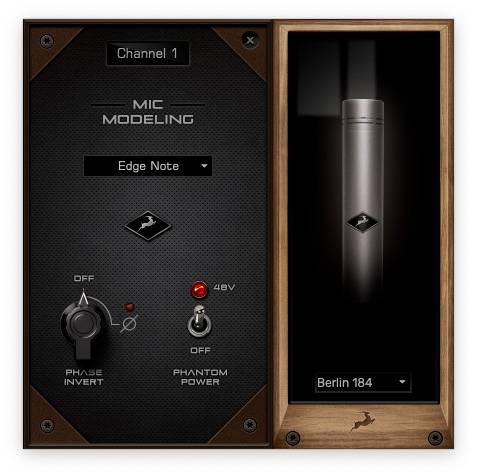
When I tried a microphone that I have actually used, it certainly seemed to resemble the characteristics of that microphone from memory. The characteristics seem to be reproduced especially in the mid and high frequencies. When used side-by-side in a Stereo Set, its characteristics are even more pronounced.
The flexibility in selecting microphones according to the source to be recorded gives me a sense of security at the recording site.
The EDGE series can be used with audio interfaces from other manufacturers by inserting them as plug-ins on the DAW. In this case, an iLok key is required.
However, when combined with the ANTELOPE AUDIO interface, it can be used more flexibly, for example, to enable onboard processing that does not overload the CPU, or apply modeling to the monitor sound for zero-latency use. The combination of interfaces is definitely a good choice for the application of the modeling to the sound of the monitors.
Conclusion
I have looked at the features of the Discrete 4 Pro Synergy Core, and in addition to the outstanding sound quality, the various functions are highly practical.
Once I was exposed to this sound quality, I was so satisfied with my purchase that I could not bring myself to use any other interface.
And now, ANTELOPE AUDIO is running a campaign where you can get the aforementioned Edge microphone when you purchase an ANTELOPE AUDIO interface. This was not in effect when I purchased the product, and I am very disappointed (haha).
The price for the microphone alone is quite good, so you can see how this campaign is a great deal. The microphone that is going to be given away depends on the model purchased, so if you are interested, please check the details from the banner below!







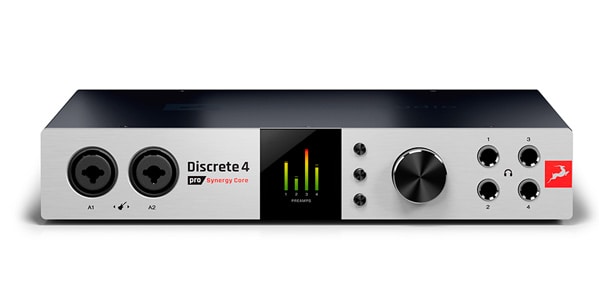
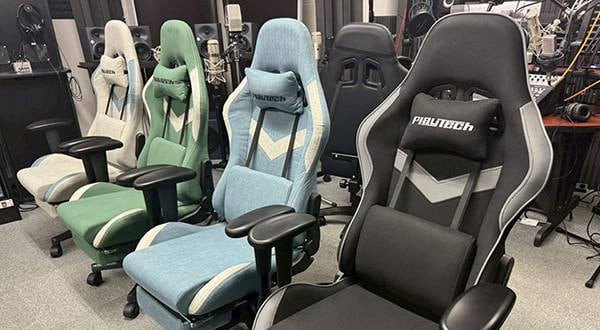
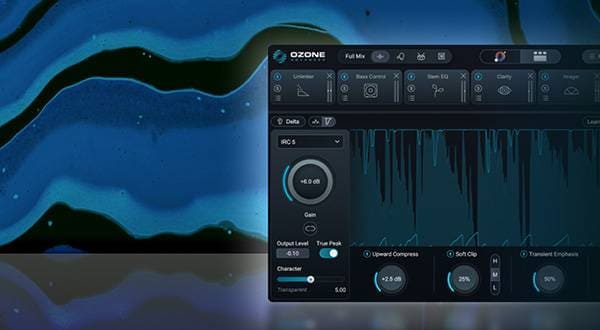
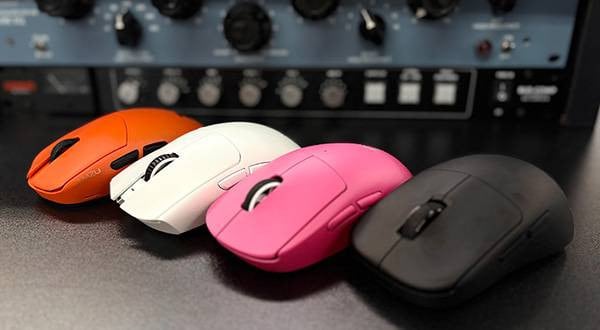
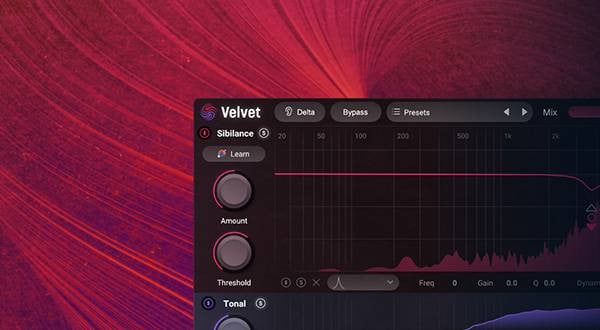

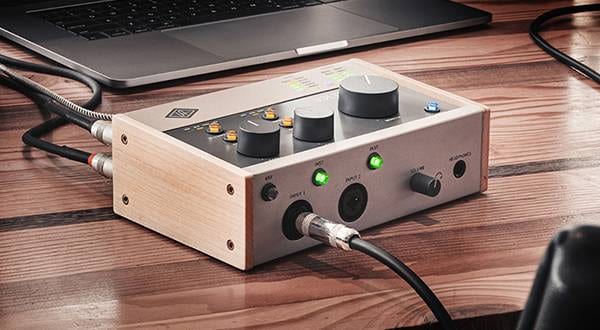
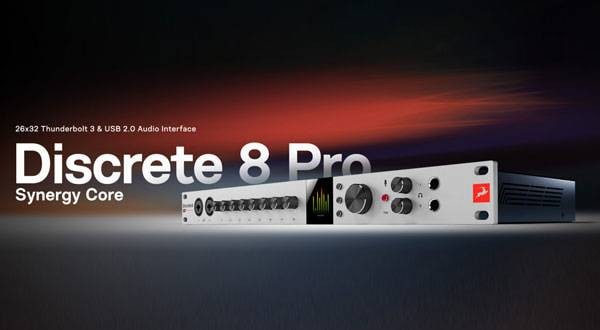
![[Thorough Breakdown] Antelope Audio Zen Q Synergy Core Review!](/contents/uploads/thumbs/2/2022/2/20220217_2_16762_1.jpg)
![[Thorough Review!!] Antelope Audio / Discrete 4 Synergy Core](/contents/uploads/thumbs/2/2021/8/20210806_2_13613_1.jpg)
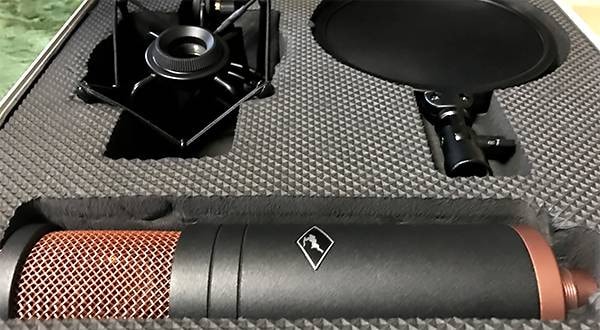
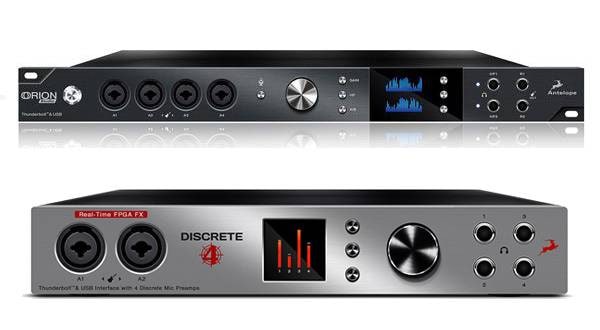
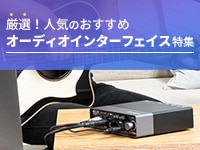 厳選!人気のおすすめオーディオインターフェイス特集
厳選!人気のおすすめオーディオインターフェイス特集
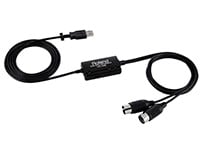 USB接続MIDIインターフェイス
USB接続MIDIインターフェイス
 機能で選ぶ オーディオインターフェイス
機能で選ぶ オーディオインターフェイス
 DTMに必要な機材
DTMに必要な機材
 DTM・DAW購入ガイド
DTM・DAW購入ガイド















